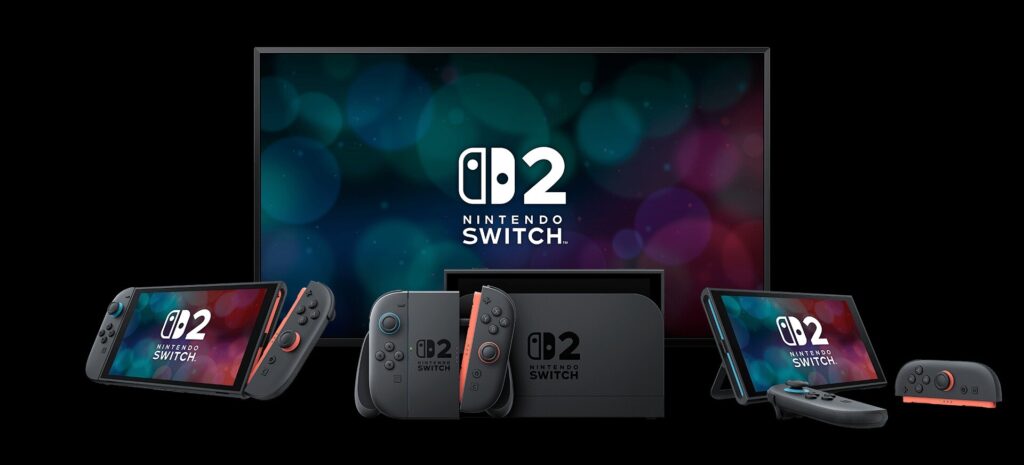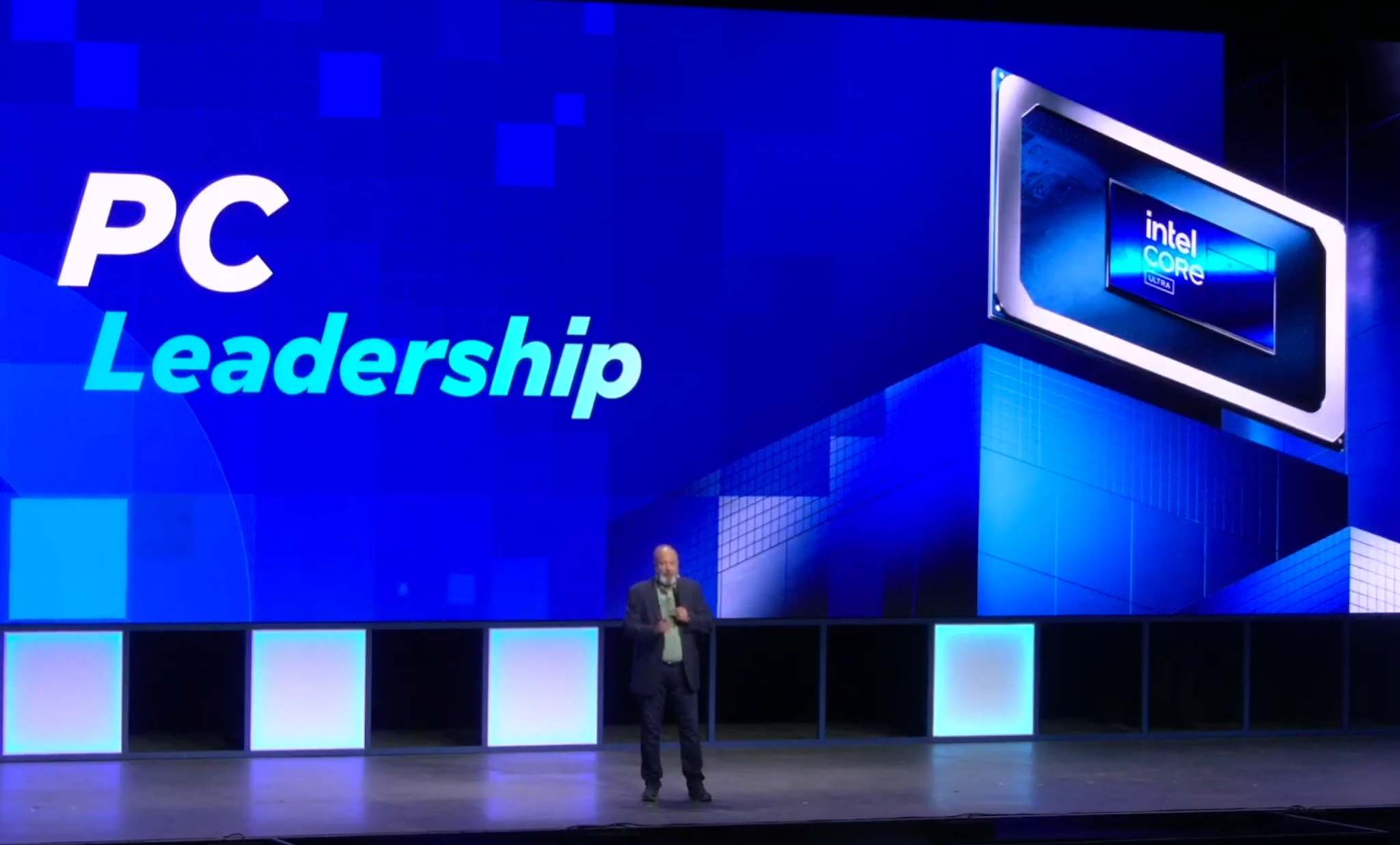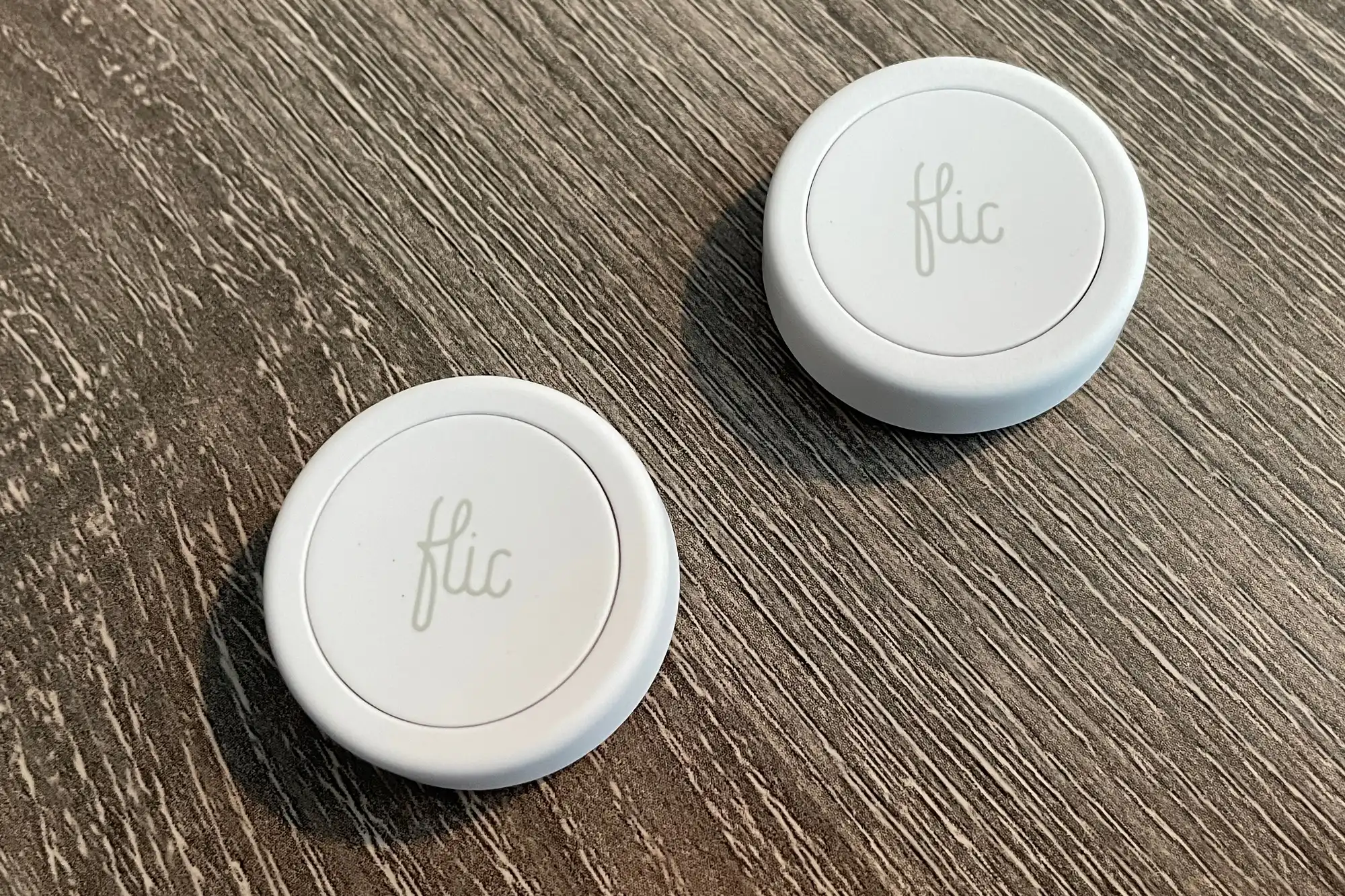
Nintendo Switch 2: A Major Hardware Upgrade with Significant Performance Gains, But Shorter Battery Life
Nintendo’s latest console, the highly anticipated Switch 2, was officially unveiled on April 2nd, and while the presentation was filled with exciting details about new games, the revamped Joy-Cons, and various new features, the company remained tight-lipped about the specifics of the console’s hardware. Thankfully, Nvidia has provided more clarity with a blog post that delves deeper into the inner workings of the Switch 2. At the heart of the system is a custom Nvidia GPU that significantly enhances performance, providing up to 10 times the graphical power of the original Nintendo Switch. This marks a major leap forward for the handheld, which was often criticized for its underwhelming graphics when compared to other gaming consoles like the PS5 and Xbox Series X/S.
The upgraded GPU inside the Switch 2 incorporates cutting-edge RT (ray tracing) cores and Tensor cores, which not only enable better overall graphics but also introduce ray tracing functionality and AI-driven upscaling. These additions should drastically improve the visual experience, allowing for more lifelike lighting, reflections, and shadows. Nintendo’s presentation confirmed that the Switch 2 will be capable of upscaling games to 4K resolution when docked, and in handheld mode, it can achieve a smooth 120 FPS at 1080p. Additionally, for the first time in a Nintendo console, the Switch 2 will support HDR, offering vibrant colors and improved contrast.
One of the most anticipated features is AI upscaling through Nvidia’s Deep Learning Super Sampling (DLSS) technology. DLSS uses artificial intelligence to upscale lower-resolution images to higher resolutions, improving the visual fidelity without sacrificing performance. This feature will make games look more visually stunning without overloading the Switch 2’s hardware, providing a smoother and more immersive gaming experience. The addition of DLSS is particularly exciting for handheld mode, where performance optimization is critical.
However, the significant upgrades come with a drawback. While the enhanced hardware will deliver impressive performance, it has resulted in a noticeable reduction in battery life. According to the technical specifications, the Switch 2 is equipped with a 5,220mAh battery, which will last between 2 and 6.5 hours, depending on the game being played. For comparison, the Nintendo Switch OLED model offers a battery life range of 4.5 to 9 hours, and the original Switch lasted around 2.5 to 6.5 hours with its 4,310mAh battery. The shorter battery life in the Switch 2 appears to be a direct consequence of the more powerful hardware, which demands more energy.
It’s worth noting that while the current battery life might seem like a step backward, there’s a possibility that future revisions of the Switch 2, such as an OLED model or an updated version, could improve battery efficiency. With the console set to release on June 5th, 2025, it will be interesting to see how the battery performs in real-world conditions. Despite the shorter battery life, the Switch 2’s upgraded hardware promises a truly next-gen gaming experience, with enhanced graphics, improved performance, and new technologies like ray tracing and DLSS that push the boundaries of portable gaming.




